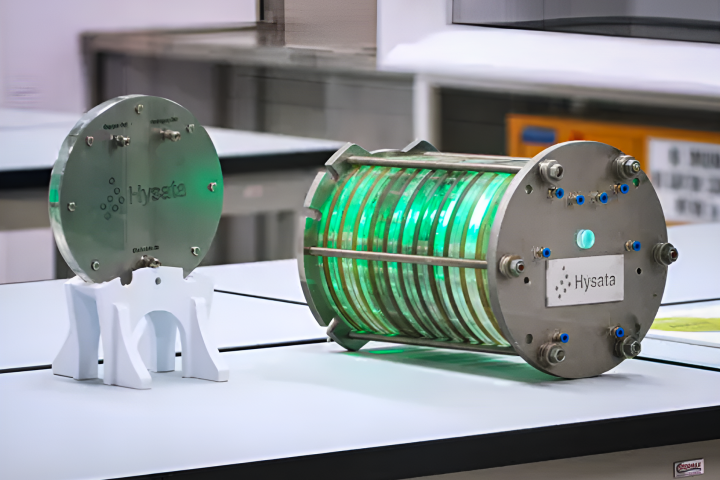The British Army has rolled out the prototypes of its Challenger 3 main battle tank, which are undergoing their first live-fire tests in Germany. The upgraded tank not only has a deadlier gun, but can destroy incoming anti-tank rounds in flight.
Billed as Britain's most lethal ever tank, the Challenger 3 is a significant upgrade on the Challenger 2, which entered into service in 1998. At that time, the Challenger 2 was regarded as the most advanced tank in NATO and developed a formidable reputation by never having lost one in combat. However, that was over a quarter of a century ago and the British government showed very little interest in updating the technology. In fact, there were times when main battle tanks were regarded as obsolete and ready for the rubbish tip of history.
Today, with increasing global instability and the geopolitical landscape changing out of all recognition, Britain is looking to upgrade its defense budget to 2.5% of GDP and is pursuing a number of high-tech initiatives, including fielding laser weapons by 2027 and even building hypersonic missiles.
Though the Challenger 3 program was green lit 10 years ago, it emphasizes military planning that relies on technological advances. The new tank isn't being built from scratch. Instead, the Challenger 3 uses the Challenger 2 chassis and features a number of improvements that have been added by primary contractor Rheinmetall BAE Systems Land under a £800 million (US$1 billion) contract that have increased the overall weight to 66 tonnes.
These include a new powered turret featuring enhanced front and side protection with an improved slope to deflect enemy rounds as well as a modular armor consisting of External EPSOM and Internal Farnham armor, the details of which are classified. There are also bolts to customize the armor by adding passive and active plates with the latter using explosives to counter any incoming explosions. Inside the turret is a new sensor suite that includes a Day and Night Commander's Primary Sight, and a Day and Night Gunner's Primary Sight that allows independent scanning and targeting in both the visual and infrared.
In addition, there's improved digital communications, a new third-generation hydraulic system, increased electrical power for new energy weapons, and a Perkins CV12-9A 26.1-liter V12 diesel engine to run it all.

However, the real party piece is the new gun. The rifled L30A1 main gun is being replaced with Rheinmetall’s L55A1 120mm smoothbore gun that is almost standard for NATO tanks. The good news is that this will allow the Challenger 3 to share ammunition with other NATO tanks. The bad news is that the Challenger 3 won't be able to use the current tank-killing rounds that rely on depleted uranium.
These superdense rounds are extremely effective at piercing the heaviest armor, but they expose soldiers and nearby civilians to potential heavy metal poisoning after impact, so there is pressure to replace them. To counter the 20% loss of effectiveness from ditching depleted uranium, Britain and Germany are partnering to create an Enhanced Kinetic Energy (EKE) round that replaces the density of uranium with greater shell velocity. In addition, the Challenger 3 will be able to use advanced programmable rounds that can be set for optimum effectiveness against a target.
One high-tech bonus is that the Challenger 3 will also be equipped with the Trophy Medium Variant Active Protection System. This system developed by Israel’s Rafael uses a ring of sensors to catch any incoming anti-tank missiles or rockets and then counters them with explosively formed penetrator rounds to destroy them in flight before they can reach the target.

Eight prototypes of the new tank have been delivered so far from the factory production line in Telford. In all, 148 Challenger 3s are on order with a potential increase this to 227. Though this may seem like a very small number, the feeling in Whitehall is that, based on lessons learned in the Ukraine conflict, these tanks are enough to fulfill any projected mission thanks to the Challenger 3's speed, maneuverability, survivability, firepower, and accuracy. Other armored vehicles can then take over from there.
The Challenger 3 is expected to enter service by 2027 and will operate into the 2040s.
"In a more dangerous world, the need for vehicles such as the Challenger 3 is imperative, as the threats facing the UK evolve," said Defence Secretary Grant Shapps. "This tank will be at the heart of the British Army’s warfighting capabilities and will be integral to the UK’s deterrence. The hard work and dedication on show in Telford and across the country is instrumental in driving forward UK defense innovation and delivering for our forces in the frontline."
Source: UK MoD







